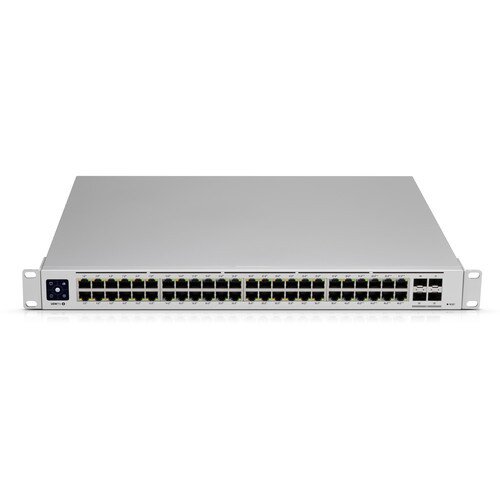Industrial switches are a crucial component of any industrial network and they come in two varieties: Layer 2 and Layer 3. Although both types of switches have their advantages and disadvantages, understanding the key differences is essential for selecting the right one for your application. In this blog post, we’ll discuss the main differences between Layer 2 and Layer 3 industrial switches, and examine how they can best be used in modern industrial networks.
What are layer 2 and layer 3 industrial switches?
Layer 2 industrial switches are data link layer devices that forward traffic based on Media Access Control (MAC) addresses. Layer 3 industrial switches are network layer devices that use IP addresses to forward traffic. The main difference between the two types of switches is how they forwarding traffic: Layer 2 switches use MAC addresses while Layer 3 switches use IP addresses.
Layer 2 industrial switches are often used in small networks or in networks where all devices are on the same subnet. Layer 3 industrial switches are typically used in larger networks where different subnets are needed.
The key differences between layer 2 and layer 3 industrial switches
Layer 2 switches operate at the data link layer of the OSI model, while layer 3 switches operate at the network layer. This fundamental difference enables each type of switch to support different features and use cases.
Layer 2 switches are typically used in smaller networks, or as part of a larger network infrastructure. They can be used to connect devices within a single subnet or VLAN. Layer 2 switches do not route traffic between subnets, so they require each device to have a unique IP address within the same subnet.
Layer 3 switches are typically used in larger networks that need to route traffic between multiple subnets. They can also be used in smaller networks that require advanced features such as Quality of Service (QoS) or security policies. Layer 3 switches use IP addresses to route traffic and can support multiple subnets with overlapping IP addresses.
When to use a layer 2 switch vs. a layer 3 switch
Layer 2 switches are typically used in smaller networks, whereas layer 3 switches are used in larger networks. A layer 2 switch only forwards traffic to devices that are on the same network segment, whereas a layer 3 switch can forward traffic to devices on different network segments.
The benefits of using a layer 3 switch
Layer 3 switches offer a number of benefits over traditional layer 2 switches. Perhaps the most important benefit is that they can route traffic based on IP addresses, which allows for much more sophisticated traffic management. This means that you can use a layer 3 switch to segment your network into different subnets, and then route traffic between those subnets accordingly. This can be a huge advantage if you need to isolate certain types of traffic or ensure that critical data is always routed efficiently.
Another big benefit of layer 3 switches is that they tend to be much more robust and scalable than traditional layer 2 switches. This is because they are designed to handle larger amounts of traffic and more complex networking scenarios. If you need to connect a large number of devices or support a lot of bandwidth-intensive applications, a layer 3 switch will likely be a better option than a layer 2 switch.
Finally, layer 3 switches typically offer better security features than theirlayer 2 counterparts. This includes features like access control lists (ACLs) and virtual private networks (VPNs). These features can help you protect your network from unauthorized access and data leaks, making them an essential part of any industrial networking solution.
Conclusion
We hope this article has helped to shed some light on the key differences between layer 2 and layer 3 industrial switches. Layer 2 is a great choice for smaller networks with limited bandwidth, while layer 3 provides more features and capabilities that are suitable for larger networks. The type of switch you choose will depend upon your needs and requirements, so it’s important to understand which one best suits your application. With these two types of industrial switches, there is sure to be an option that can help meet all of your networking needs.



